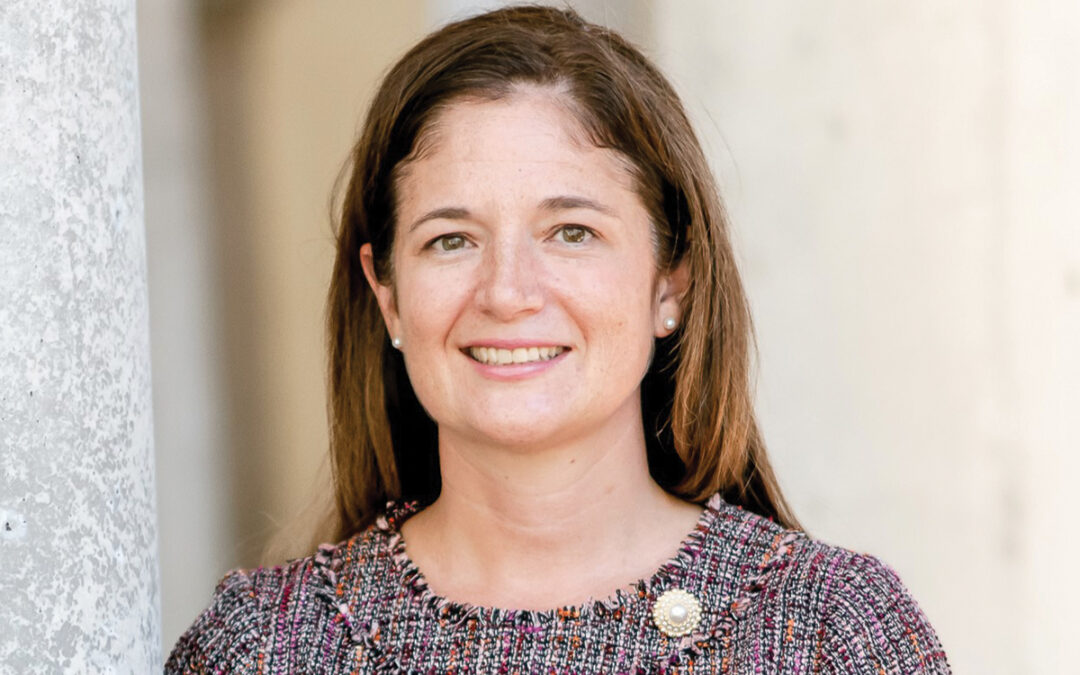Back pain affects 80 percent of Americans at some time in their lives. It’s the leading cause of disability in Americans under 45 years of age, according to the National Institute of Health Statistics survey. Indeed, more than 26 million Americans between the ages of 20 and 64 experience frequent back pain.
Symptoms of back pain may include:
• Muscle ache
• Shooting or stabbing pain
• Pain that radiates down your leg
• Limited flexibility or range of motion of your back
• Inability to stand straight
Back pain that lasts from a few days to a few weeks is considered acute. Pain that lasts for three months or longer is considered chronic. While acute pain is a normal sensation triggered in the nervous system to alert you to possible injury and the need to take care of yourself, chronic pain is different. Chronic pain persists. Pain signals keep firing in the nervous system for weeks, months, even years.
Causes
Your back is an intricate structure composed of bones, muscles, ligaments, tendons and disks. Disks are the cartilage-like pads that act as cushions between the segments of your spine. Back pain can arise from problems with any of these component parts. In some people, no specific cause for their back pain can be found.
Strains — Back pain most often occurs:
• From strained muscles and ligaments
• From improper or heavy lifting
• After a sudden awkward movement
• Sometimes a muscle spasm can cause or be associated with back pain.
Structural problems — In some cases, back pain may be caused by structural problems, such as:
• Bulging or ruptured disks: Disks act as cushions between the vertebrae in your spine. Sometimes, the soft material inside a disk may bulge out of place or rupture and press on a nerve. But even so, many people who have bulging or herniated disks experience no pain from the condition.
• Sciatica: If a bulging or herniated disk presses on the main nerve that travels down your leg, it can cause sciatica — sharp, shooting pain through the buttock and back of the leg.
• Arthritis: The joints most commonly affected by osteoarthritis are the hips, hands, knees and lower back. In some cases arthritis in the spine can lead to a narrowing of the space around the spinal cord, a condition called spinal stenosis.
• Skeletal irregularities: Back pain can occur if your spine curves in an abnormal way. If the natural curves in your spine become exaggerated, your upper back may look abnormally rounded or your lower back may arch excessively. Scoliosis, a condition in which your spine curves to the side, also may lead to back pain.
• Osteoporosis: Compression fractures of your spine’s vertebrae can occur if your bones become porous and brittle.
Rare but serious conditions — In rare cases, back pain may be related to:
• Cauda equina syndrome: This is a serious neurological problem affecting a bundle of nerve roots that serve your lower back and legs. It can cause weakness in the legs, numbness in the “saddle” or groin area, and loss of bowel or bladder control.
• Cancer in the spine: A tumor on the spine can press on a nerve, causing back pain.
• Infection of the spine: If a fever and a tender, warm area accompany back pain, the cause could be an infection.
When to see a doctor
Local neurosurgeon and San Antonio native Dr. Gerardo Zavala, II, says most back pain gradually improves with home treatment and self-care. Although the pain may take several weeks to disappear completely, you should notice some improvement within the first 72 hours of self-care.
For acute back pain, research shows long periods of bed rest are not beneficial and that modified activity (avoiding activities that may aggravate pain) is shown to lead to more rapid recovery than bed rest. The most common situations to avoid are prolonged sitting or standing. Low-stress aerobic activities, especially walking, are the best early activities.
Often doctors will recommend two or three days of limited bed rest and low-stress activities coupled with acetaminophen (Tylenol®) for pain.
Even for degenerative conditions like osteoarthritis, treatment with NSAIDs (prescribed or over-the-counter) or acetaminophen have been shown to be as effective as muscle relaxants or opioids.
Of course, the best medicine of all is prevention. “The best way to prevent low back pain is to maintain a healthy weight,” advises Dr. Zavala. “Regular exercise, such as walking, swimming, yoga and stretching, is best to keep the back flexible and strong. Exercises that emphasize core strength are key to keeping the low back supported and resistant to injury.”
It’s only when the conservative treatment fails and pathology becomes more acute, like a slipped disc, fracture, instability or pinched nerve, that surgery enters the treatment picture.
“My philosophy with surgical intervention is to ‘proceed with caution’,” says Dr. Zavala. “Surgery is an invasive endeavor, which should be addressed with mutual respect and partnership between surgeon and patient. Therefore, when considering surgical treatment, conservative measures should have been exhausted prior to serious surgical consideration.”









0 Comments